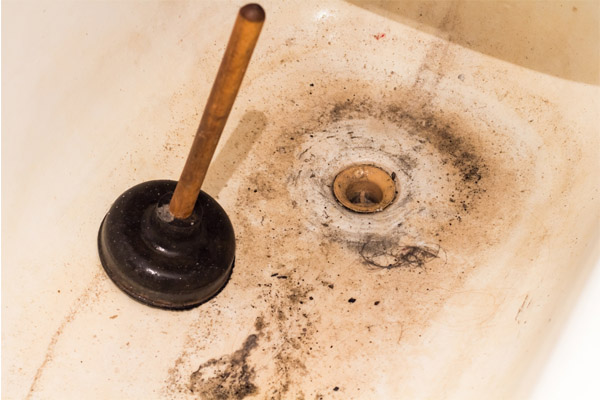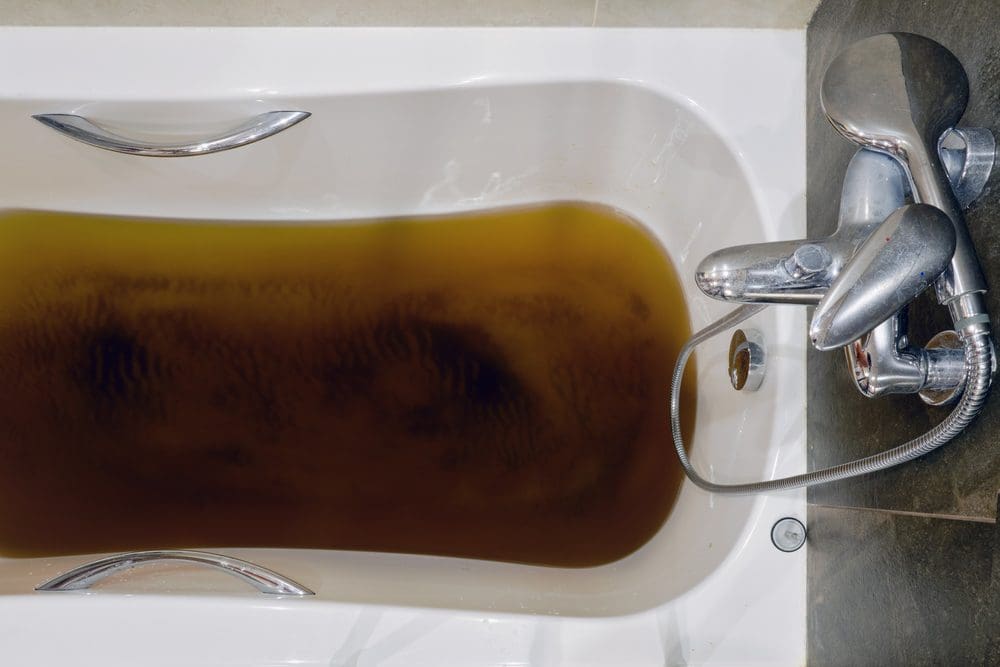Crucial Factors Behind Sewage in the Bathtub
Crucial Factors Behind Sewage in the Bathtub
Blog Article
What are your opinions concerning Why is Sewage Backing Up Into My Bathtub??

Sewage backup in the tub can be an upsetting and unsanitary problem for any property owner. Not only is it bothersome, however it additionally positions significant health risks and indicates underlying problems with the plumbing system. Understanding why sewer is turning up with the bath tub is essential for taking proper action to deal with the issue properly.
Intro to the Issue
Common Factors for Sewage Backup
Blockages in the Sewage System Line
One of the most common sources of sewage backup is a blockage in the sewer line. This can take place as a result of the accumulation of particles, oil, or international objects in the pipelines, preventing proper flow and creating sewage to back up into your bathtub.
Tree Root Invasion
Tree origins looking for wetness and nutrients can penetrate sewage system lines with tiny cracks or joints. In time, these roots can expand and expand, creating considerable damages to the pipelines and resulting in sewer back-up issues.
Comprehending the Trouble
When sewage draws back up right into the bathtub, it's a clear indication of a trouble with the water drainage system. The wastewater that should be streaming away from your home is instead finding its way back into your space, which can cause significant damage and health hazards.
Prospective Causes
A number of factors can add to sewer back-up in the tub. From blockages in the sewage system line to problems with the plumbing infrastructure, determining the root cause is crucial for discovering a service.
Aging Infrastructure
Older homes may have obsoleted plumbing systems that are extra vulnerable to rust, splits, and damage. As pipelines age, they come to be more susceptible to leaks and obstructions, raising the likelihood of sewer back-up occurrences.
Heavy Rainfall or Flooding
During periods of heavy rainfall or flooding, the drain system may end up being overwhelmed with excess water, creating backups and overflows. This can cause sewage backing up right into tubs and various other components inside the home.
Signs of Sewage Backup
Foul Odors
Undesirable smells rising from drains or fixtures, specifically in the bathroom, may suggest sewer back-up issues. These odors are frequently solid and persistent, signaling a trouble that calls for instant focus.
Slow Draining Fixtures
Tubs, sinks, and toilets that drain slowly or otherwise whatsoever could be experiencing sewage backup. If multiple fixtures are affected all at once, it's most likely that the issue originates from an usual factor, such as the primary drain line.
Gurgling Sounds
Unusual gurgling or gurgling noises originating from drains when water is running somewhere else in your home are a sign of air caught in the plumbing system. This air accumulation can arise from sewer backup and must be explored immediately.
Wellness Dangers Connected With Sewage Backup
Contamination of Water
Sewage backup can contaminate the water system in your house, posing a severe wellness danger to you and your family members. Direct exposure to infected water can lead to gastrointestinal issues, skin infections, and other diseases.
Mold Development
Dampness from sewage back-up can produce suitable conditions for mold development in your house. Mold spores can aggravate breathing issues and cause allergic reactions in sensitive people, making timely cleanup necessary.
Spread of Disease
Sewer consists of hazardous bacteria, infections, and parasites that can create a variety of conditions, consisting of liver disease, cholera, and gastroenteritis. Entering contact with sewer or contaminated surfaces puts you in danger of infection.
Cleaning Up After Sewage Backup
Disinfection Procedures
Extensively disinfect and disinfect affected locations after sewage back-up to remove hazardous bacteria and prevent mold and mildew growth. Usage ideal cleaning products and safety equipment to ensure safe and reliable cleanup.
Repair of Influenced Locations
Fix any damages to flooring, wall surfaces, or components caused by sewage back-up. Depending on the degree of the damages, you may need to replace carpets, drywall, or various other materials to restore your home to its pre-loss problem.
Immediate Actions to Take
Switching Off Water System
In the event of sewage backup, it's necessary to shut off the water system to prevent additional contamination and damages. Find the main water shutoff valve in your home and closed it off till the issue can be solved.
Contacting a Professional Plumber
Dealing with sewer back-up is not a DIY work. Get in touch with a certified plumber with experience in handling sewage-related concerns to assess the scenario and perform essential repair work or clean-ups.
Staying Clear Of Contact with Infected Water
Up until the sewage backup is resolved, avoid contact with polluted water to avoid the spread of germs and microorganisms. Put on protective gear if you need to be in the afflicted location and wash your hands extensively later.
Preventive Measures
Routine Upkeep of Sewage System Lines
Arrange regular evaluations and upkeep of your drain lines to identify and deal with potential problems before they escalate into significant issues. This can include clearing out particles, evaluating for tree origin breach, and fixing any kind of damaged pipes.
Setting Up Bayou Shutoffs
Think about mounting backwater valves in your plumbing system to avoid sewage from flowing back right into your home throughout durations of heavy rainfall or flooding. These valves immediately close when water starts backing up, safeguarding your property from contamination.
Proper Disposal of Home Waste
Avoid purging anything aside from toilet paper and human waste down the commode to avoid obstructions and obstructions in the sewage system line. Dispose of grease, oil, and other house chemicals effectively to reduce the threat of plumbing troubles.
Why Is Water Backing Up in My Bathtub When I Flush My Toilet?
What to do about a sewer line clog
First, don’t bother with plunging. No amount of plunging will dislodge the clog in a sewer line. The clog is too far away. Plungers are for clogs in the toilet itself, not the sewer line. Plus, the most likely causes of a sewer clog are:
Tree roots Flushed toys or feminine products Grease buildup Those items don’t move easily. And in the case of tree roots, the roots need to be cut out of the pipe and the pipe will need to be repaired.
You’ll need a closet auger. A closet auger is a type of plumber’s snake with a protective cover to keep from scratching the delicate porcelain toilet. If the clog is further down, you may need to remove the toilet or use one of your cleanouts to get to the clog.
We also recommend doing a video inspection of the drain to ensure that the cause of the clog has been completely removed. Otherwise, you could have the same problem again in a few days or weeks.
https://mspplumbingheatingair.com/blog/why-is-water-backing-up-in-my-bathtub-when-i-flush-my-toilet

As a devoted person who reads on Why is Sewage Backing Up Into My Bathtub?, I thought sharing that editorial was really useful. Liked our write-up? Please quickly share it. Let someone else discover it. I am grateful for your time. Revisit us soon.
Or Book Technician Here
Report this page